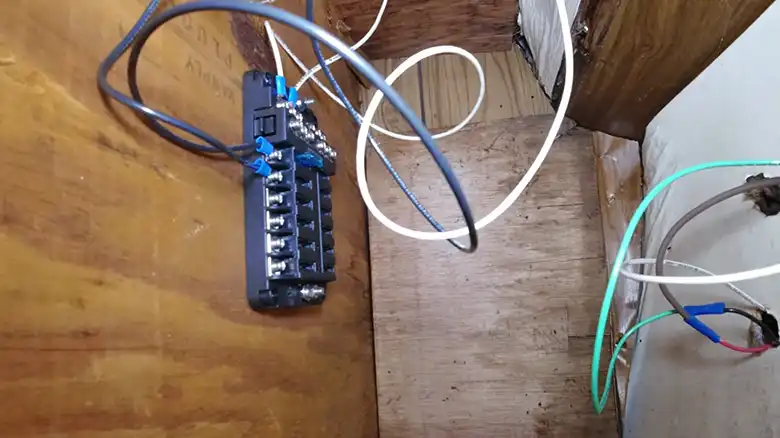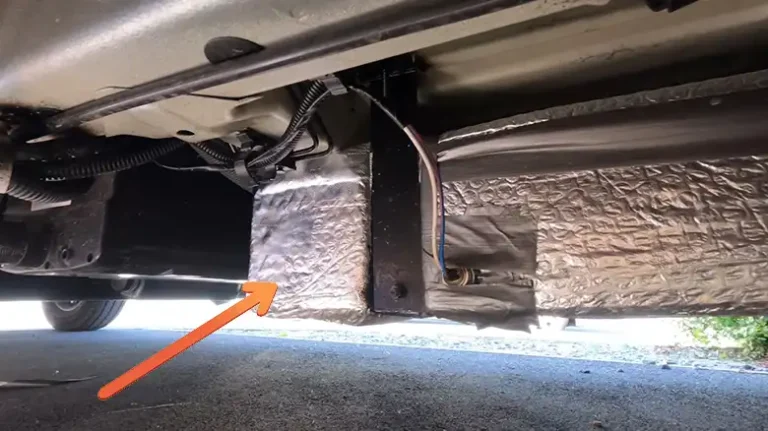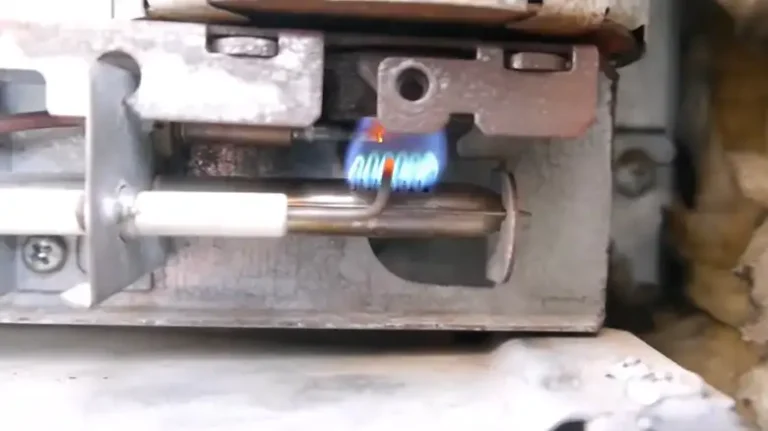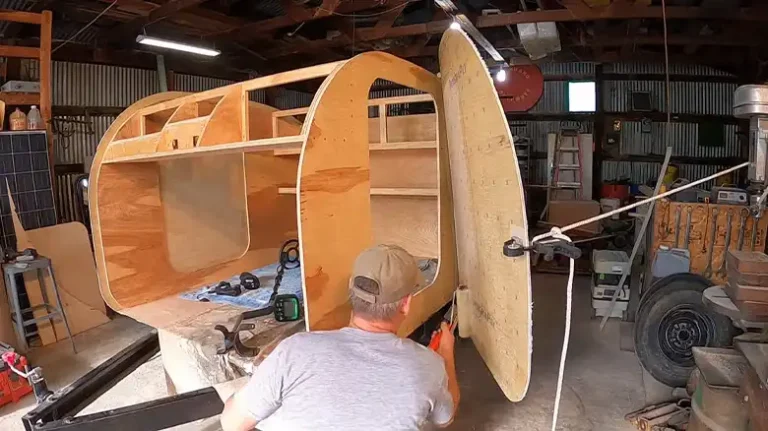What Gauge Wire for RV Lighting? My Findings
Determining the correct wire gauge for RV lighting ensures safe, reliable power delivery. For most basic interior ambient lighting needs, 14 gauge wire suffices. However, properly sizing wiring requires accounting for the total amperage draw, system voltage, and distance from the battery to light fixtures. Improper wire gauging can potentially leave your prized RV powerless and motionless.
When testing out the new custom interior LED mood lighting in my RV motorhome, I learned this lesson firsthand. The elaborate lighting scheme I meticulously wired up flickered and pulsated like a defective retro disco ball. An inspection of the 40-foot end-to-end wiring from the central 12V control box revealed the culprit – a thin 16 gauge wire unsuitable for that considerable load. Consulting RV electrical wiring best practices and ampacity charts showed a thick 8 gauge replacement could reliably power my lighting runs. Rather than jeopardize my RV investment on its maiden trip, I upgraded the wiring to the recommended specifications. Attention to safe electrical standards ensures lighting – and travel experiences – shine bright for years to come.

What’s the Common Gauge Wire Size for RV Lighting?
When it comes to RV lighting, the most common wire gauge size is 16 AWG. This versatile option can handle most standard RV lighting setups, including interior lights, exterior lights, and accent lighting. However, it’s crucial to consider the factors that can influence the appropriate wire gauge for your specific RV lighting needs.
However, there you will find other different-sized wires that are used for the lighting.
- 14 gauge wire – Used for shorter runs up to 20 feet from the power source to power multiple interior lights. Good for lighting power circuits.
- 12 gauge wire – Used for longer runs from 20 to 35 feet from the power source. Suitable for lighting circuits with higher wattage bulbs or connecting multiple lights. Prevent voltage drop.
- 10 gauge wire – Used for runs longer than 35 feet from the power source. Necessary for exterior RV lighting with halogen or LED bulbs drawing significant power.
So in summary, 14 gauge wire is good for short interior runs, 12 gauge for longer interior runs or moderate exterior runs, and 10 gauge for long exterior runs with more powerful bulbs. Match the wire gauge to the length and wattage for safe and bright RV lighting.
Factors that Can Affect the Wire Size for RV Lighting
There are a few key factors that determine the appropriate wire gauge for an RV lighting circuit:
Number of Lights
The more lights connected to one circuit, the thicker the wire needs to be. More lights mean more power draw and current. 14 gauge can handle a few interior lights, while 10+ lights require at least 12 gauge or even 10 gauge wire for voltage stability.
Voltage of Light – 12V or 24V
12V is standard, but some large RVs run 24V systems. 24V allows smaller gauge wire since the current is lower for the same wattage. For 12V lighting circuits, increase wire thickness compared to 24V.
Distance from the Power Distribution Box
Longer wire runs have greater voltage drops, meaning lights dim and flicker. For runs under 20 feet, 14 gauge is fine. Up to 35 feet needs 12 gauge. For 35+ foot runs, use thicker 10 gauge wire for robust power flow.
Voltage Drop
Voltage drop is a crucial factor to consider when selecting a wire gauge for RV lighting. It refers to the reduction in voltage that occurs as electricity travels through a conductor, such as a wire. Voltage drop can have a significant impact on the performance of RV lights, causing them to dim or even fail to operate altogether.
The extent of voltage drop depends on several factors, including:
Wire length: Longer wire runs introduce more resistance, leading to increased voltage drop.
Wire gauge: Thinner wire gauges have higher resistance, resulting in a more pronounced voltage drop.
Amperage draw: A higher amperage draw, meaning more current flowing through the wire, contributes to a greater voltage drop.
How to Find Out the Wire Size According to the Factors
Determining precise RV lighting wire size requires adding up the wattages of all bulbs and using voltage drop calculators.
Here are the wire gauge size calculations for 12V and 24V RV lighting systems:
12V System
Let’s assume an RV lighting system with:
4 x SCR-16 lights (5 amps each @ 12V)
Total lights: 4
Distance from power source: 10 feet
Total amps = Number of lights x Amps per light = 4 x 5 amps = 20 amps
Checking the 12V wire gauge chart: For 20 amps over 10 feet, the recommended wire gauge is 12
| 12 Volt Systems -Wire gauge required at each amperage and distance | ||||||
| 12 Volt Systems – Distance in Ft | ||||||
| AMPS | 10 | 20 | 30 | 40 | 50 | 60 |
| 10 | 12 | 10 | 8 | 6 | 6 | 4 |
| 20 | 10 | 8 | 6 | 4 | 4 | |
| 30 | 8 | 6 | 4 | |||
| 40 | 6 | 4 | ||||
| 50 | 6 | |||||
| 60 | 4 | |||||
| 70 | 4 | |||||
| 80 | 4 | |||||
24V System
Now let’s look at the same system but powered by 24V:
8 x SCR-16 lights
5 amps each @ 24V = 2.5 amps per light
Total lights: 8
Distance: 20 feet
Total amps = Number of lights x Amps per light = 8 x 2.5 amps = 20 amps
According to the gauge chart below – For 20 amps over 20 feet, the wire gauge is 14
| 24 Volt Systems -Wire gauge required at each amperage and distance | ||||||
| 24 Volt Systems – Distance in Ft | ||||||
| AMPS | 10 | 20 | 30 | 40 | 50 | 60 |
| 10 | 14 | 14 | 14 | 12 | 10 | 6 |
| 20 | 14 | 14 | 12 | 10 | 6 | 4 |
| 30 | 14 | 12 | 10 | 8 | 6 | 4 |
| 40 | 12 | 10 | 8 | 6 | 6 | 4 |
| 50 | 10 | 8 | 6 | 4 | 4 | |
| 60 | 8 | 6 | 4 | |||
| 70 | 6 | 4 | ||||
| 80 | 6 | |||||
Why Proper Sized Wire is Important for Your RV Lighting?
When installing electrical systems to power lighting in an RV, it’s crucial to use wire that is adequately thick to handle the required electric load. Far too often, RV owners underestimate their lighting power needs and fail to realize the importance of proper wire gauging.
Prevents overheating and fire hazards. If the wires are too small for the amount of current flowing through them, they can overheat, melt the insulation, and potentially cause fires. Using adequately thick wires suitable for the amperage prevents this.
Avoids voltage drops. Thinner wires have higher electrical resistance, which causes voltage to drop along the length of the wires. This can make lights dimmer and appliances less efficient. Properly sized thicker wires reduce voltage drop.
Keeps lights shining brightly. With inadequate wiring, lights will seem dim and lacking brilliance. Upgrading to sufficiently thick wires will make RV lights shine at their designed brightness.
Allows for future expansion. If planning to add more lights or appliances later, installing thicker wires, to begin with, provides that flexibility without needing to rewire. It leaves room for higher power demands.
Meets code requirements for safety. There are RV electrical codes that dictate proper wire gauges for specified amperages. Using correctly rated wires is necessary for inspectability and safety.
The bottom line is skimping on wire size can cause a myriad of electrical problems, safety hazards, and underperformance. Do research to determine adequate wiring for your RV lighting needs and allow for some growth. It’s a small investment that pays major dividends in the safety and quality of electrical systems.
End Notes
The typical RV lighting wire sizes are 14 gauge for short interior runs, 12 gauge for longer interior or shorter exterior runs, and 10 gauge for heavy-duty exterior lighting circuits. Wire thickness depends on the number of lights, voltage, and wiring distance from the power source. Oversize your wires for the lighting wattage and length to prevent problems. Now you know how to select the right gauge wire for safe and vibrant RV lighting.




![[What to Do] Why is My RV Furnace Clicking but Not Lighting?](https://www.exploringthelocallife.com/wp-content/uploads/2023/10/Why-is-My-RV-Furnace-Clicking-but-Not-Lighting-768x431.webp)

